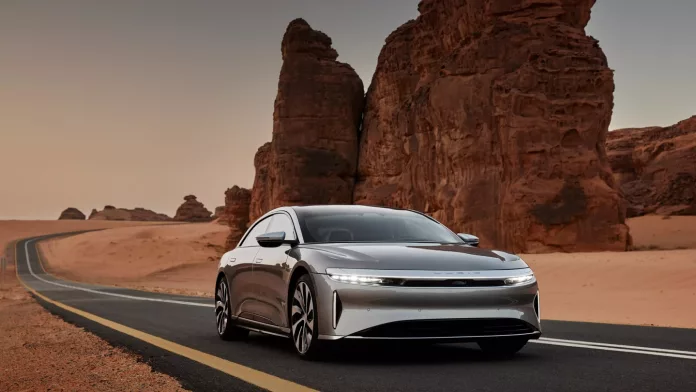Electric vehicle (EV) enthusiasts and owners often find that the standard range tests from agencies like the Environmental Protection Agency (EPA) and the Worldwide Harmonised Light Vehicle Test Procedure (WLTP) don’t quite match up with the distances EVs can travel in everyday use. To bridge this gap, some EV drivers have taken matters into their own hands, conducting personal tests to measure real-world electric vehicle ranges and sharing their findings online.
Real-World EV Testing by Kyle Conner
Kyle Conner from Colorado is one such individual who has gained attention for his meticulous EV tests. You may have come across his Out of Spec channel on YouTube, where he not only expresses his passion for electric vehicles but also puts them through a comprehensive and consistent testing procedure. Starting with a full charge, Kyle drives primarily on highways until the car is nearly depleted of power, maintaining a steady speed of 70 mph to mimic typical freeway conditions as closely as possible.
Testing Methodology
Adhering to a set of strict guidelines, Conner ensures that his tests are as accurate and reliable as possible. Among these guidelines are:
- Tire pressures matched to manufacturer specifications
- Battery preconditioned to 100% state of charge (SoC) using DC fast charging (DCFC)
- Use of the most energy-saving drive mode
- Climate control set to eco-friendly mode within a comfortable temperature range on low fan settings
- Steady GPS-verified speed of 70 mph with gentle acceleration
- Avoiding drafting behaviors
- Remaining on highways to emulate consistent driving conditions
- Using lower-speed roads when the battery is nearly depleted, but still trying to keep above 55 mph
- Timing arrival at a charging station to coincide with practically no remaining range or battery SoC
The Results of Kyle Conner’s EV Range Tests
Conner’s results are a treasure trove for potential EV buyers, providing a clearer picture of what they can expect in daily use. His tests include a variety of electric vehicles, 12 of which impressively hit the 300-mile mark or more, quite contrary to their EPA range estimates. For instance, the Mercedes EQE SUV 500 was rated at 269 miles by the EPA, but Conner’s test reported an impressive range of 304 miles.
Let’s take a look at some of the notable ranges Kyle has recorded:
- Lucid Air Grand Touring – 436 miles
- Chevy Silverado EV 4 WT – 434 miles
- Mercedes EQE SUV 450+ – 375 miles
- Tesla Model S Plaid – 365 miles
- And many more
Comparing to EPA Estimates
How does Kyle Conner’s findings stack up against EPA numbers? His independent, third-party testing occasionally reveals higher ranges than the official EPA estimates, presenting a very different picture to consumers who are considering purchasing an EV. Unlike testing conducted by EV manufacturers, Kyle’s process adds a layer of transparency and real-world applicability that prospective buyers may find invaluable.
Moreover, Kyle, an avid EV owner himself, uses these vehicles extensively, like his Rivian R1T which suits his outdoors and off-roading lifestyle, giving him practical insights into everyday EV use.
The Debate over Electric Vehicle Range
While critics of electric vehicles argue that current ranges are inadequate, Kyle’s testing results demonstrate that many EVs offer more than sufficient range for everyday needs. In the U.S., the majority of daily drives are well below 100 miles. Hence, an EV with a real-world range of 300 miles should more than suffice for most drivers, especially as the availability of EV charging stations continues to grow.
Ultimately, the goal for EV designers shouldn’t be excessive range but rather enough autonomy to comfortably travel common distances and access the rapidly expanding network of EV chargers with ease. This perspective not only aligns with the practical needs of drivers but also presents a realistic view of the role electric vehicles can play in our day-to-day lives.


























